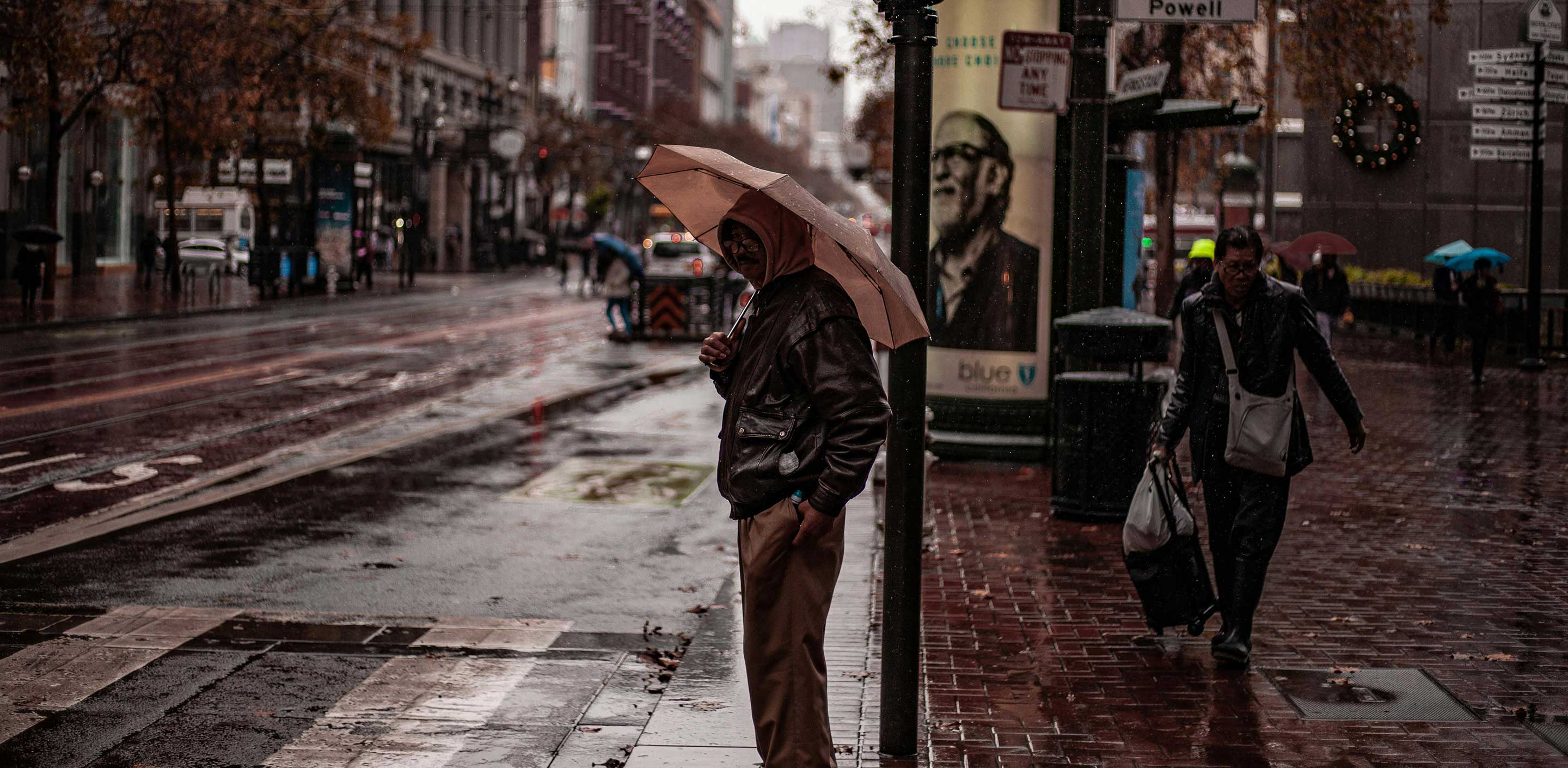Rainproof Your Style: Can Leather Jackets Weather the Storm?

A leather jacket is a timeless piece that adds edge and elegance to any outfit. However, when it comes to rain, many wonder whether their cherished leather can withstand the moisture without damage. The effects of water on leather vary significantly based on the type of leather and its treatment. Here’s a detailed exploration of what happens when leather gets wet, the pros and cons of wearing a leather jacket in the rain, and how to care for wet leather.
Effects of Water on Leather
- Absorption and Drying: Leather is a porous material, meaning it can absorb water. When it does, the oils in the leather bind to the water molecules. As the leather dries, it can become stiff and brittle, as the oils that keep it supple evaporate with the water.
- Discoloration and Staining: Water can cause certain types of leather to discolor or stain, especially if the water is not evenly distributed across the jacket.
- Mold and Mildew: If leather remains damp for too long, it can become a breeding ground for mold and mildew, which can further damage and stain the leather.
Water Resistance of Different Types of Leather
- Full-Grain Leather: Considered the highest quality of leather, full-grain leather retains its natural texture and is more durable. However, it's not inherently waterproof. Without proper treatment, full-grain leather can absorb water, leading to potential damage over time.
- Top-Grain Leather: This is slightly more water-resistant than full-grain, as it has a finish layer applied to its surface. The top-grain leather finish provides some protection against moisture, but prolonged exposure to rain can still be detrimental.
- Genuine Leather: Often treated with protective coatings, genuine leather jackets can withstand light rain better than untreated full-grain leather. However, they still should not be soaked.
- Suede and Nubuck: These types of leather are the least water-resistant. Their soft, fuzzy surface absorbs water quickly, leading to potential staining and damage. Wearing suede or nubuck leather in the rain is highly discouraged without a waterproofing treatment.
Pros and Cons
Pros:
- Protection: Some treated leather jackets can provide adequate protection against light rain, making them suitable for brief exposure.
- Style: Leather jackets can maintain their stylish appeal, even in inclement weather, if properly cared for.
Cons:
- Potential Damage: Water exposure can lead to stiffening, discoloration, and a reduction in the jacket's overall lifespan.
- Maintenance: Wet leather requires immediate and specific care to prevent lasting damage, which can be time-consuming.
Care and Maintenance
- Dry Naturally: If your leather jacket gets wet, let it air dry naturally away from direct heat sources, as heat can cause the leather to crack.
- Condition: Once the jacket is dry, apply a leather conditioner to restore moisture and flexibility to the fibers.
- Even Out Stains: If there are water spots, gently dampen the entire jacket with a spray bottle and let it dry to even out the discoloration.
- Waterproofing Treatments: Consider applying a waterproofing agent to your leather jacket. This is especially recommended for suede and nubuck leathers to provide a protective barrier against moisture.
- Professional Care: For expensive or high-quality leather jackets, consulting a professional leather cleaner after exposure to heavy rain is advisable to ensure proper treatment and maintenance.
Conclusion
While wearing a leather jacket in light rain may not immediately ruin it, understanding the specific type of leather and its treatment is crucial to prevent potential damage. By taking immediate care of your wet leather jacket and employing preventive measures, you can enjoy the timeless style of your leather outerwear, rain or shine.

